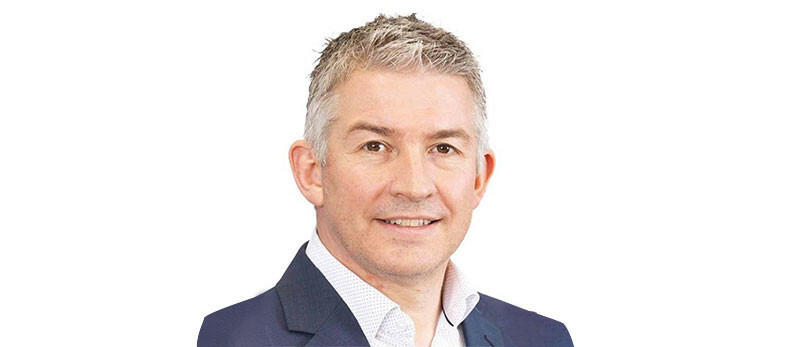Technical Newsdesk: March 2024

Apologies to those of you who work in the private client sector, but I am going to take you back into the throes of the self-assessment peak. More precisely, I am going to look at some of the statistics and what they might tell us.
Immediately after the 31 January self-assessment deadline, HMRC publish statistics about that year’s filing rates. On 1 February 2024, HMRC issued a press release (tinyurl.com/d57bx6pn) which included the following statistics:
- 12,187,811 self-assessment returns were due;
- 11,581,962 returns were received by 31 January (in total, including voluntary returns);
- 11,027,962 expected returns were received by 31 January; and
- 11,246,962 returns were filed online (97.11% of the returns expected, following adjustments).
It is pleasing to see that the rate of online filing continues to increase, though almost all self-assessment returns are already being submitted electronically. Ten years ago, the rate was still high at 84.5%, and it shows that it is not necessary to mandate the use of an online system if it is good enough to make you want to use it.
The other statistic to highlight is the rate of expected returns filed on time. Out of the 12,187,811 expected returns due, 90.48% were submitted on time. This compares to the most recent pre-Covid self-assessment deadline of 31 January 2020, when 91.82% of expected returns were filed on time. This shows a fall of nearly 1.5% (around 180,000 returns).
There is no way of knowing what caused that fall, and so I am speculating when I consider call waiting times. As at 31 January 2020, the average call waiting time on HMRC’s phone lines was six minutes and 42 seconds, and there were no restrictions on the self-assessment helpline. Today, HMRC’s average call waiting time is over 22 minutes, while helpline restrictions were in place both during the self-assessment peak and last summer. Is it just a coincidence that filing rates fall when people find it more difficult to get through to HMRC?
The increasing rates of online filing show a desire to go digital, but a shortage of adequate support from HMRC (or agents) could lead to a reduction in compliance. In the coming years, HMRC will have significantly more new ‘customers’, as well as existing customers with more complex affairs. The freezing of the allowances and thresholds to 5 April 2028 will bring around 1.1 million individuals into income tax, the reductions in the dividend allowance will affect around 3.2 million taxpayers and the reduction in the capital gains tax annual exempt amount will affect around 570,000 individuals and trusts, of which around 260,000 will be brought into the scope of capital gains tax for the first time. Further, Making Tax Digital for Income Tax Self-Assessment will affect around 700,000 self-employed individuals and landlords from April 2026 and 900,000 from April 2027, which includes moving affected taxpayers from one ‘touch point’ with HMRC a year to at least five.
HMRC propose to take some quite radical steps to ‘encourage’ customers to interact online. We continue to urge the government not to reduce HMRC’s resources until the benefits of digitalisation have been realised. In the meantime, we will be keeping a close eye on compliance rates, to see whether there’s anything in my speculation.


